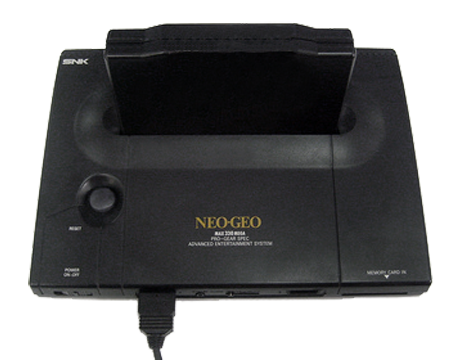If you really loved the Neo Geo, it’s time to rejoice: you’ll soon be able to take it everywhere with a new handheld version. And there’ll certainly be plenty of room in your pocket once you’ve emptied your wallet to pay for it.
For younger readers the Neo Geo was a series of gaming devices released in the 1990s that, despite being highly regarded by some gamers, failed to successfully complete with Sega and Nintendo. The home console version (pictured) had some pretty bad-ass specs by the standards of the era and stood out for the fact that it could run exact copies of the games that were available on Neo Geo cabinets in arcades.
Given the home console originally retailed from $600 to $650, and games cost around $200, it’s not really surprising that all but a few hardcore gamers decided the Neo Geo experience was more affordable with a pocket full of quarters. A handheld version was later released at a more affordable price, but it proved something of a flop.
The brand is being revived by Blaze, a company that specializes in combining retro gaming with modern tech. For example, it produces joysticks that plug into a TV set and house a mini games console (built into the joystick’s base) that plays 10 built-in Sega Mega Drive Games.
The new gadget, the Neo-Geo X, is a handheld console with a 3.5 inch screen, though there’ll also be an audio-video output. It will ship with 20 games built-in, including Fatal Fury. There’s also an SD card slot so it’s possible other games will be released later on.
The release is expected some time between April and June, though the pricing is still unclear. The MCV news site insists Blaze has confirmed a £500 (approx $800) price tag is at the very least the current working plan, though Eurogamer says Blaze has told it this is not the case.
If the price is anything close to this, it will be a rare case of Blaze specifically targeting an ultra-niche market (albeit it in a very authentic manner). Most of its existing products cost no more than $50.
(Image credit: 0xFE @ Wikipedia, based on image by Cirofono @ flickr)

